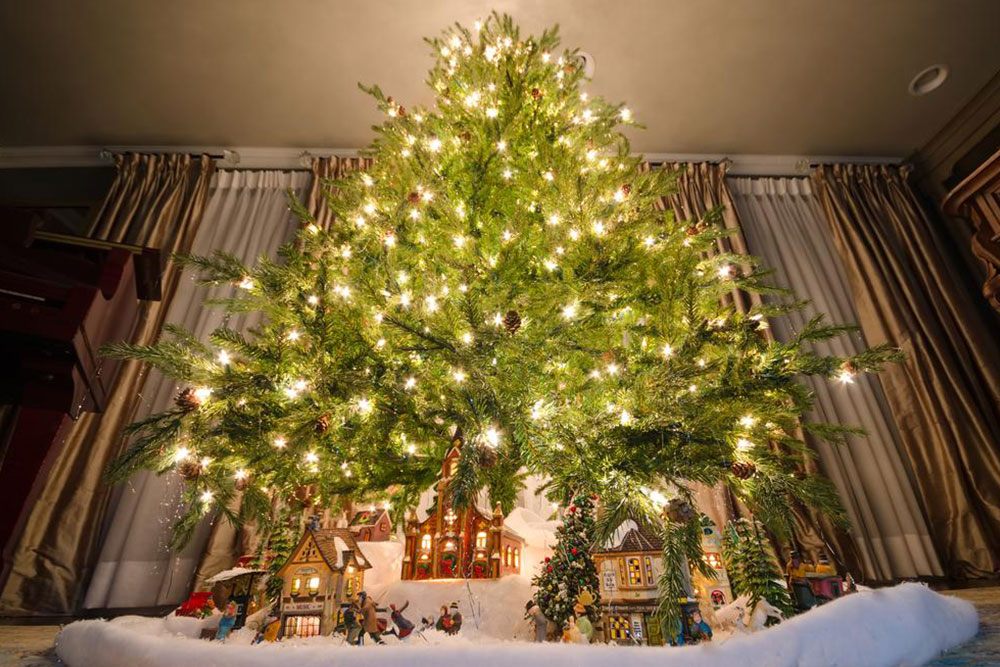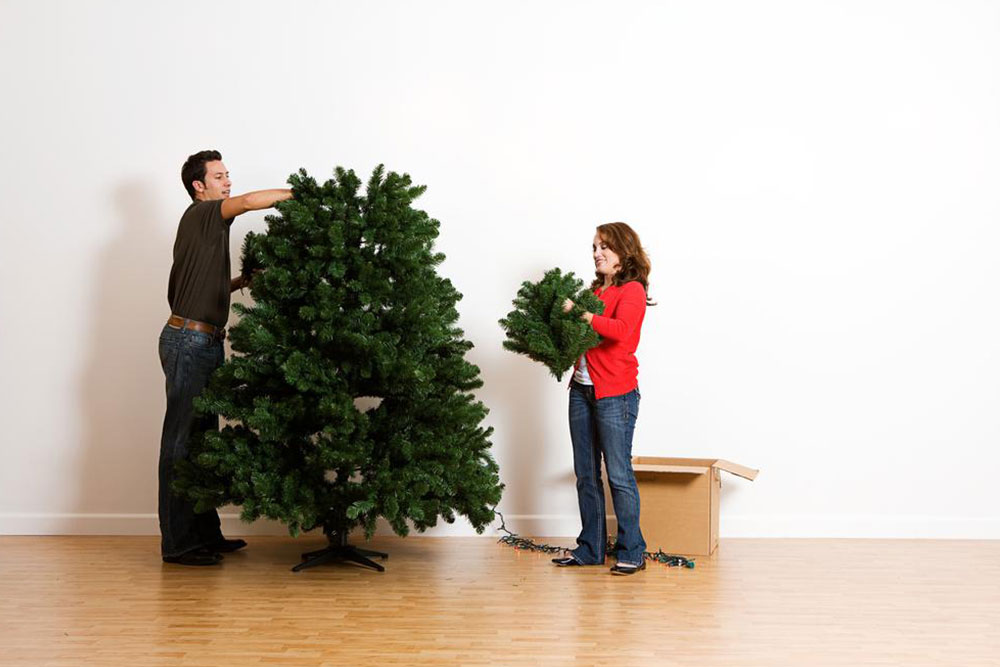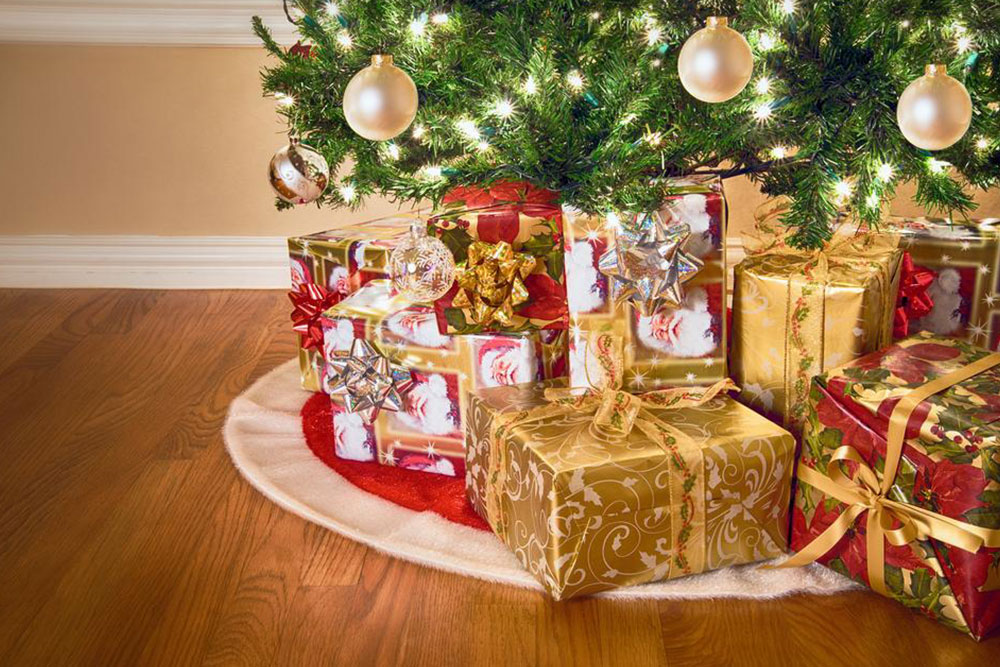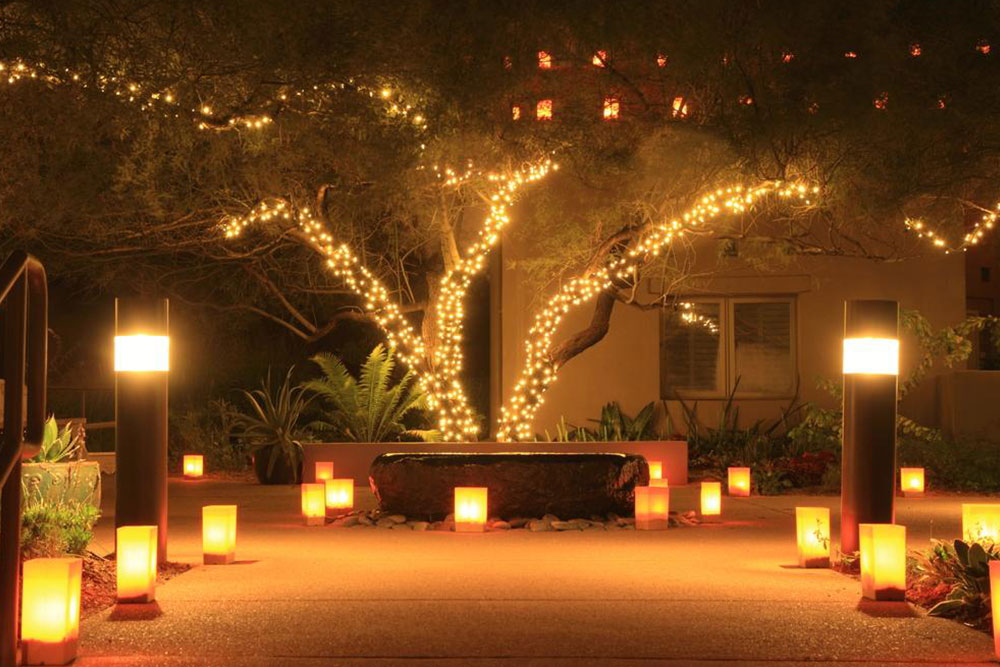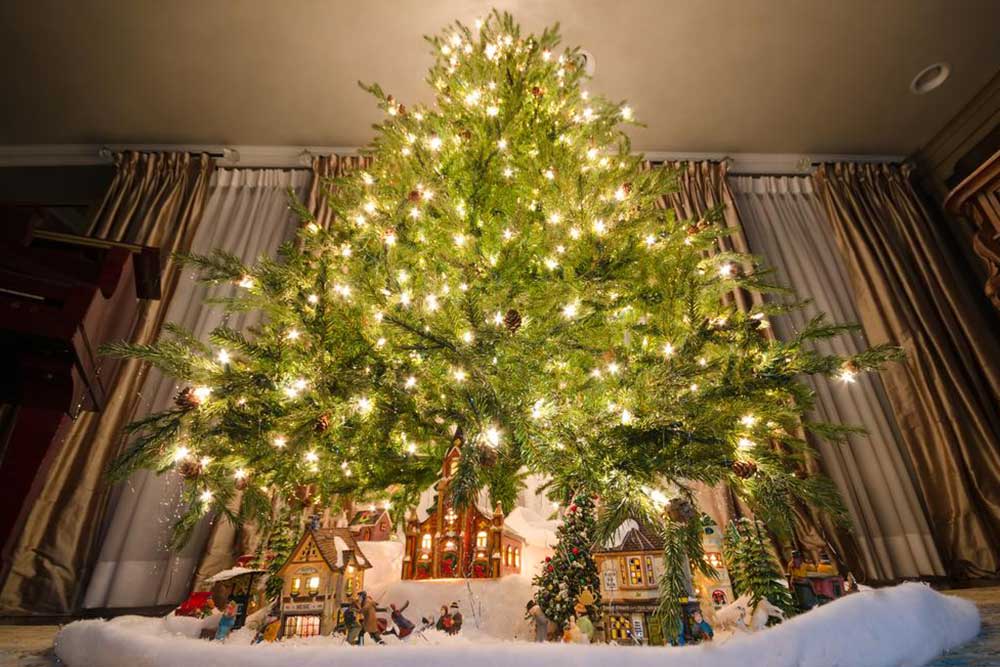Artificial Christmas Trees: A Modern Holiday Keepsake
Discover the evolution of Christmas trees from traditional to modern artificial versions. Learn about their history, benefits, and potential drawbacks. Artificial trees are a cost-effective, convenient, and eco-friendly holiday choice, available in many styles and sizes, making holiday decorating easier and safer. Understand the environmental and health considerations before purchase for a smarter festive season.
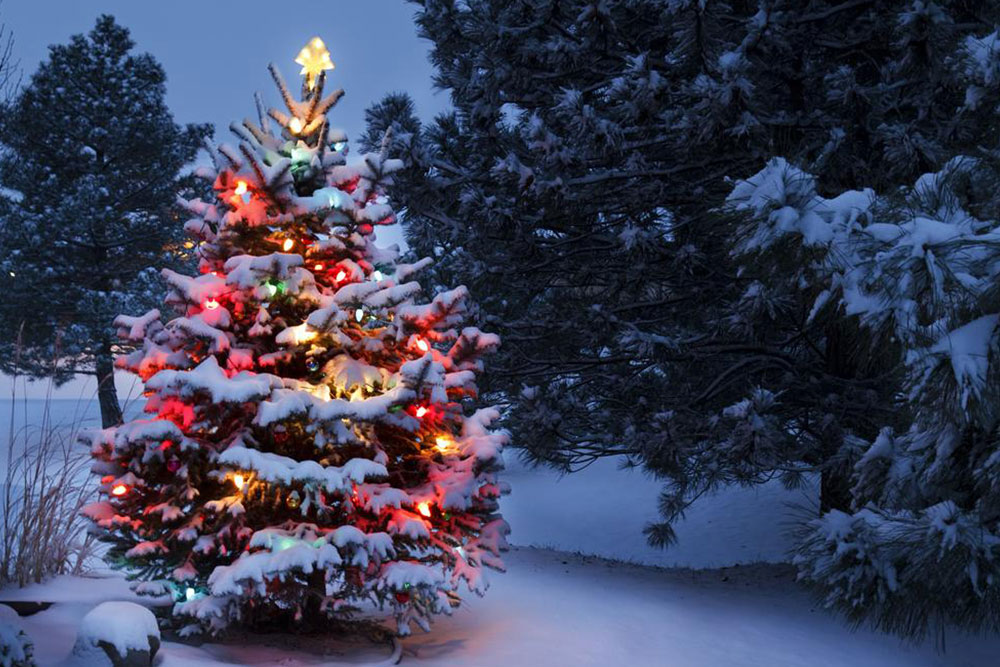
Artificial Christmas Trees: Embracing a Modern Holiday Tradition
Decorating a Christmas tree is a cherished tradition celebrated worldwide. Over the years, this ritual has evolved from traditional real trees to stylish artificial versions. Artificial trees blend classic charm with contemporary convenience, offering a popular alternative to real pines. Originally crafted in the 1930s by Addis Brush, early models used wood and brush bristles. Today, most artificial trees are made from durable PVC, fiber-optics, or aluminum. They come in various sizes and styles, costing between $25 and $2,000, and are favored for their safety, reuse, and environmental benefits.
Advantages
One-time purchase ensures years of use, reducing repeat costs.
Easy to set up and maintain, always keeping a perfect shape and free from needle mess.
Available in many styles and sizes, from small tabletop to large living room trees.
Disadvantages
PVC models can emit toxins over time, posing health risks to humans and pets.
Made from non-biodegradable plastics, contributing to environmental waste after disposal.
Artificial trees can pose fire risks if not properly maintained.
Note:
Our blog offers diverse, well-researched insights on various topics. While we aim to provide accurate information, please verify details as they may vary across sources. The site does not guarantee the comprehensiveness of offers or schemes mentioned.

